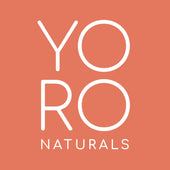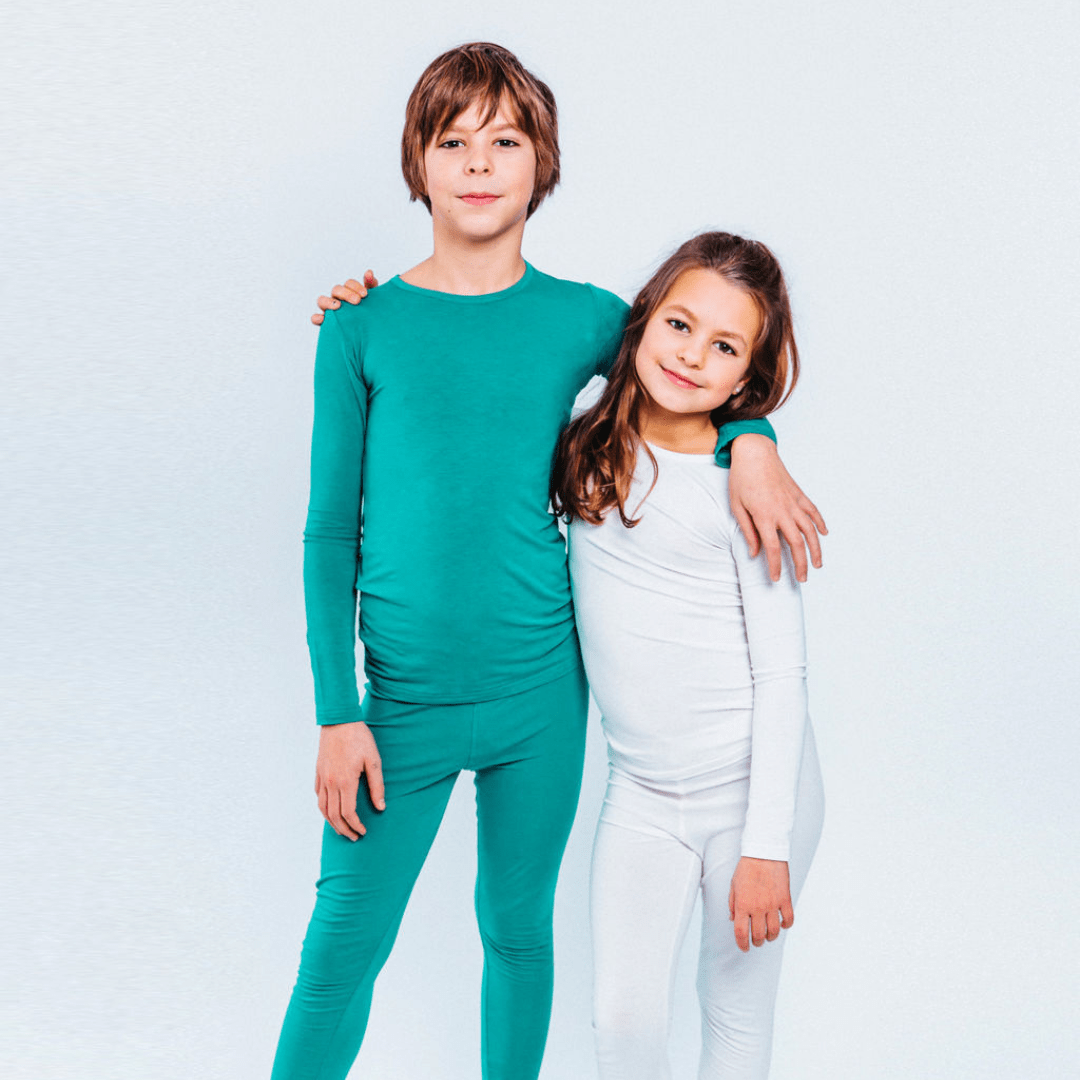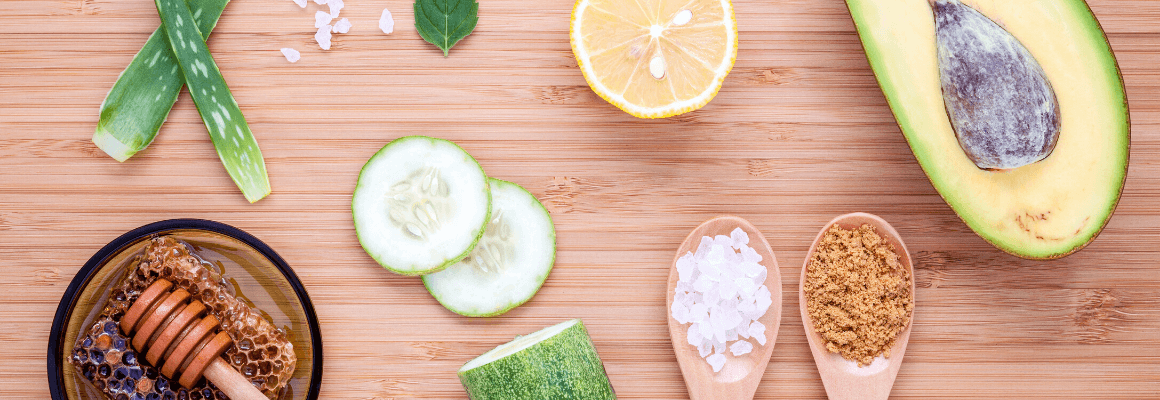If you’ve ever suffered from an inflammatory skin condition such as eczema or psoriasis, you’ve probably been prescribed topical steroids as a form of treatment.
Universally recognized as a safe and effective method to treat inflammatory diseases, corticosteroids have become a slightly controversial topic over the last few years due to fear and awareness of Topical Steroid Withdrawal (TSW).
Also known as Red Skin Syndrome (RSS), TSW can occur after extended use of topical steroids. Patients with TSW may notice that their topical regimen is failing at clearing skin over time and is instead worsening skin.
Read on to discover the causes, symptoms, and treatment options that are available for those suffering from this condition.
What is Topical Steroid Withdrawal (TSW)?
Topical corticosteroid withdrawal (TSW) is an adverse event of topical corticosteroids use that presents several days to weeks after discontinuation of mid- to high-potency topical corticosteroids. Symptoms of TSW include red, burning, itchy, and inflamed skin - most often on the FACE or GROIN.(1) Patients will often say that they are having facial “hot flashes” and are more sensitive to sun exposure.
It is important to note that topical corticosteroid withdrawal (TCW) is different from an acute rebound of the underlying skin condition (for example, eczema) which frequently occurs after steroid discontinuation. A rebound flare up of a condition will typically last a few days. On the other hand, TCW appears to be a more intense and prolonged, with some episodes lasting for weeks and up years.
Why Does TSW happen?
The reason why TSW occurs is not perfectly understood, but scientists and doctors have proposed that chronic steroid application decreases the production of a substance called nitric oxide in blood vessels over longer durations.. When we stop using steroids, there is a rebound increase in nitric oxide which causes massive blood vessel dilation (increase in their size!) and triggers inflammation. One study found that this effect tends to last up to 3 months.(2)
Symptoms of TSW
Symptoms of TSW/RSS can appear while you’re using topical steroids or days or weeks after you’ve stopped the application. TSW will always initially appear at the site of steroid use, although it can disseminate later on. While symptoms vary from person to person, the most common symptoms include:
- Eczema-like rash
- Red sunburnt-like and inflamed skin
- Intense itching, oozing and flaking
- Skin “hot flashes”
- Photosensitivity
- Poor sleep quality and insomnia
- Fatigue
- Depression, anxiety, and mood changes
Please note that a number of other facial dermatoses can cause very similar symptoms to TCW.
They include: allergic contact dermatitis, rosacea/steroid-induced rosacea, periorificial dermatitis, demodicosis, Malassezia head and neck dermatitis, seborrheic dermatitis - just to name a few! If you are having trouble controlling your symptoms with home, please make sure to check in with your dermatologist!
Who is at Risk?
TSW is most common in females over 18 years of age. It is a fairly rare phenomenon, and it occurs in patients who have been on continuous mid- and high- potency topical steroids for long durations (think > 6 months) and those who may be applying more steroids than is clinically necessary or advised.
Children are also at a higher risk of TSW and may suffer higher levels of discomfort due to their lower pain thresholds. Be sure to speak with your doctor or physician to learn how to use steroids properly (i.e. what is the appropriate amount to use), and how to safely wean yourself off of them.
TSW Treatment
The most common treatment strategy for TCW is to slowly wean a patient off the topical steroids. This can be done by decreasing the frequency from several times a day to once daily or to fully wean off in a step-wise manner.
Quitting the usage of topical steroids quickly or going ‘cold turkey’ will exacerbate or flare this condition.
Symptoms may also be controlled with home remedies such as cool compresses, cooling pillows, and mineral water.(3,4) Topical calcineurin inhibitors and cyclosporine are topical medicines (by prescription) that may also be prescribed by a dermatologist if your symptoms warrant additional treatment.
Below we have compiled a list of home strategies to relieve TCW:
Stay Cool, Cool, Cool!
Cooling modalities such as cold compresses and cool fabrics are wonderful tools for symptom-relief. Since many people will experience the “hot flushes” with TSW, twice daily cool compresses with water or oolong tea (5) may provide symptom control. Additionally, wearing proper clothing and bedding (especially pillows!) can provide a great deal of relief.
Stay cool with our Remedywear eczema clothing line. Made with soft, breathable fabric, cooling TENCEL and embedded with anti-inflammatory zinc, Remedywear is great for soothing Topical Steroid Withdrawal.
Use of Remedywear can significantly improve quality of life in patients who have itchy or sensitive skin, including people with eczema and atopic dermatitis. Dermatologists in a recent study (6) found that a group of patients with atopic dermatitis noted rapid improvement of eczema severity, less redness and itching and improved sleep quality after using TENCEL and zinc fibers. Remedywear™ was also awarded the National Eczema Association Seal of Acceptance™.
Remedywear garments are comfortable to wear underneath clothing during the day or overnight. Wear them as dry wraps or if necessary, boost effectiveness as wet wraps. Made for both adults and children.
Learn more about our fabric with TENCEL and zinc for eczema.
Still not sure, visit our Physician’s Page and review it together with your doctor.
Stay cool with bedding as well. We love TENCEL bedding too! Nothing is quite as soft and comfy and cooling all night long as TENCEL - excellent for a good night’s rest. Look for pillow cases or sheet sets in a high percentage of TENCEL for optimal comfort.
Hydrate & Moisturize Your Skin
The best creams for itchy, irritated skin are those made from simple, natural ingredients, as chemicals and toxins can do more harm than good.
We recommend Organic Manuka Skin Soothing Cream. Rich in emollients and thick in texture, it’s sure to moisturize even the driest of skin. An oil-based balm, it’s made with just six ingredients, including Manuka honey renowned for its anti-bacterial and anti-inflammatory properties. The best part? It won’t sting your already delicate skin.
Prevent Scratching
Although it can be difficult to stop scratching – especially when in the middle of a flare-up – there are some preventative measures you can take to protect your skin from yourself. One of the best ways is by wearing protective gloves.
Available for kids and adults, Remedywear™ gloves provide soothing relief and fit like a second skin. Their natural moisture-wicking properties help prevent chafing and control sweating, so they’re comfortable to wear during day or night.
Remember to always speak with your physician before taking any action. It is in your best interest to educate yourself as much as possible about TSW and the risks involved with weaning yourself off topical steroids.
References
- https://www.ncbi.nlm.nih.gov/pubmed/25592622
- https://www.ncbi.nlm.nih.gov/pubmed/4031494
- https://www.ncbi.nlm.nih.gov/pubmed/30152560
- https://www.jaad.org/article/S0190-9622(12)01600-3/abstract
- https://www.ncbi.nlm.nih.gov/pubmed/11176659
Additional Reading:
https://dermnetnz.org/topics/topical-corticosteroid-withdrawal/







